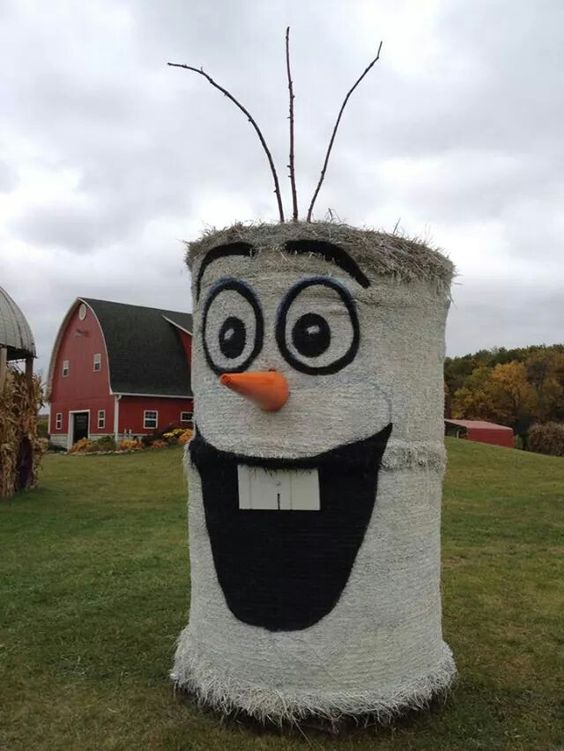As long as there have been farmers and gardeners, there have been birds trying to eat their crops. And throughout the ages, farmers have tried to come up with ingenious ways to scare them off. Nowadays, scarecrows are familiar sights, not only in gardens but in autumn decorations, with no end to the cute (or scary!) possibilities.

From ancient Greek wooden sculptures of Priapus placed around the garden, to the German bootzamon or “boogeyman” (often accompanied by his wife, the bootsafrau), scarecrows have always been familiar figures in gardens, orchards, and vineyards. And in some cultures, scarecrows were actually live people, hired to shoo the birds away!
In modern gardens, we most often see the typical stuffed human-shaped scarecrow, perhaps accompanied by an assortment of rubber snakes, owls, and foxes. Because they don’t actually harm the birds, they’re popular in organic gardens, where the idea is to scare birds away from the crops while still allowing them in other parts of the yard to eat insects and grubs.

Like deer and rabbits, birds are wary but adaptable. While they will steer clear of anything that looks suspicious or out of place, if it stays put for a while, they’ll get used to it, and eventually you’ll find them roosting on it!
A basic scarecrow, placed in your garden and left alone, is likely only to be effective for a few days. So in order for your scarecrow to work, it needs to be ever changing. You can accomplish this by:
- Moving the scarecrow around.
- Attaching reflective or noisy accessories that flash in the breeze.
- Changing up your scarecrow’s wardrobe from time to time.

If you’re also using rubber snakes and the like, keep them moving too, so the birds will be fooled into thinking they’re real.
You can make a basic human-shaped scarecrow from scraps you probably have lying around the house. It could be a hat on a wooden tripod.
Frame: A “T” or cross stuck into the ground can serve as a simple frame for a scarecrow. Simply lash or screw together two scraps of wood, pipe, or straight tree branches. Make the vertical piece about as tall as you are, and the horizontal piece at shoulder height, at least as long as the shirt sleeves the scarecrow will be wearing.

Clothing: Dress the frame with old clothing you have lying around. Use hot glue, safety pins, or simple yarn stitches to hold the clothing together. Plaid shirts and overalls are popular choices but be creative! Add gloves, shoes, bandannas, or whatever you like. Loose clothing or scarves will add movement to help scare birds away.
Stuffing: You don’t have to stuff your scarecrow; but you can use old rags, straw, leaves, or newspaper if you do. Plastic garbage bags are helpful for holding stuffing in shape and keeping fragile stuffing (like newspaper) from falling apart when it gets wet. Your scarecrow will last longer if the stuffing can stand up to the elements. You can always add a little straw sticking out around the sleeves for the traditional scarecrow look.

Head: A head is optional too, but you can easily make one out of an old pillowcase, milk jug, pantyhose, fabric, pumpkin, or gourd. If you like, you can add hair and a face using markers, yarn, buttons, twigs, or whatever you have on hand.
A hat is another way to keep your scarecrow working. You can put it on your scarecrow’s head, or directly on the top of the pole. Rotating several hats frequently can help keep your scarecrow fresh. In one yard I spotted a scarecrow that was nothing more than a wooden ladder with a wavy straw hat on top, which was regularly moved around the garden.

Accessories: To keep the birds guessing, add some changeable accessories to your scarecrow. Aluminum pie pans, old CDs, and strips of plastic can be tied to the scarecrow to flash in the sun. Wind chimes, bells, spoons, or sticks can be dangled to clack and ring in the breeze. Wheelbarrows, bicycles, garden tools, hay bales, and other accessories can also be added and removed.
